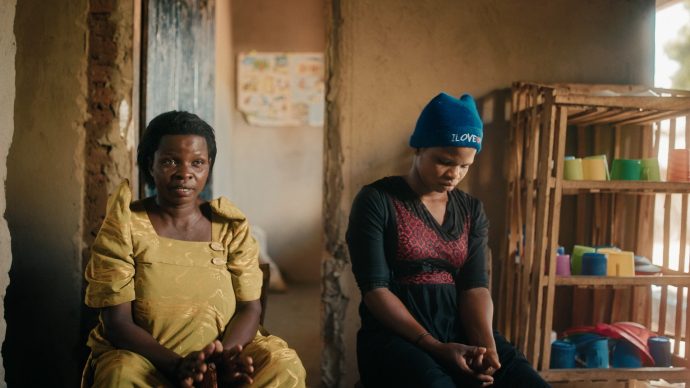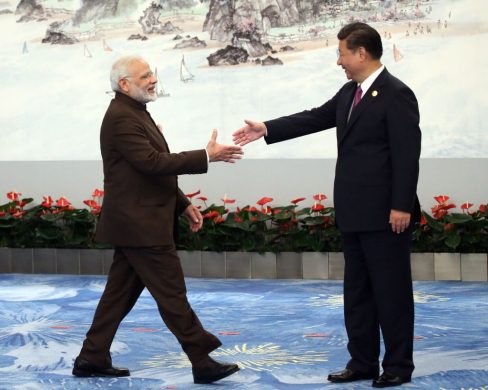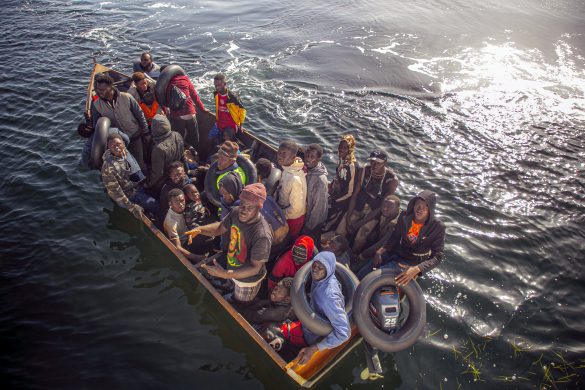Sexforbrydelser mod børn i Indien har nået ‘epidemiske proportioner’ og de officielle tal viser kun toppen af isbjerget, siger Asian Centre for Human Rights og peger på urbanisering som en årsag.
Samtidig advarer kommissionsformand imod tendens til at se seksuelle overgreb i hjemmet som ‘en privat sag’.
NEW DELHI, 21. maj 2013 (IPS) – When a five-year-old was rescued from the basement of a building in the eastern part of India’s capital, New Delhi, the doctors treating her were horrified to find the little girl had not only been raped by two men several times, but the perpetrators had also inflicted severe perineal injuries by inserting foreign objects into her body.
Tied to a bed for nearly two days, the girl was raped and brutalised by a young neighbour and his friend, even while the police ignored her parents’ repeated requests to trace their missing child.
“We pleaded with the police. We called the (hotlines). But they did not act instantly and when she was rescued in such a horrible state, cops offered me some money to keep quiet and said I am fortunate that she is still alive,” the girl’s father told IPS.
336 percent rise
Coming after a season of anti-rape protests in New Delhi over last December’s fatal gang-rape of a young medical student inside a bus, this latest incident, coupled with police inaction, triggered fresh agitation in the national capital.
In the same month, another five-year-old girl in the central Indian state of Madhya Pradesh succumbed to her injuries after enduring similarly unspeakable horrors.
Stories of rape and abuse, often involving fatalities, are pouring in every day now, with the latest figures showing that child rapes in India have risen 336 percent between 2001 and 2011.
Human rights activists lament that these figures represent only reported cases, while the actual number may be much higher.
Many of these rapes occur in the confines of the victim’s own household, sometimes by family members or other known assailants, other times by unknown attackers.
Only the tip of the iceberg
According to a recent report by the New Delhi-based Asian Centre for Human Rights (ACHR), sexual offences against children in India have reached an “epidemic proportion”.
The 56-page report, citing National Crimes Record Bureau (NCRB) statistics, stated that rape cases increased from 2,113 cases in 2001 to 7,112 cases in 2011, with a total of 48,338 cases in that period.
ACHR Director Suhas Chakma told IPS these numbers represent “only the tip of the iceberg, as the large majority of child rape cases are not reported to the police”, while other forms of sexual assault against children pass largely under the radar of the authorities.
A clash of cultures
Chakma attributes the increase partly to the “tremendous rural-urban migration” of the last 15 years that has resulted in a clash of cultures, as migrant workers from India’s remote agricultural belts come face to face with an urban lifestyle.
“Pornography is now at everyone’s fingertips,” he noted, adding that India’s socio-economic upheaval of the last decade and a half have “impacted behaviours”.
The state of Madhya Pradesh recorded the highest number of child rapes, with 9,465 cases from 2001 to 2011; the western state Maharashtra came a close second, with 6,868 cases; while Uttar Pradesh, located on the northern border, reported 5,949 cases.
The report found that every single Indian state reported high numbers and experienced an increase in cases.
Not a private matter
When it comes to child abuse, said Shantha Sinha, chairperson of India’s National Commission for the Protection of Child Rights (NCPCR), there cannot be any distinction between private and public space.
“Violence against a child, even if it occurs inside (his or her) own home, must not be seen as a private issue. It is violence and it is a public issue,” Sinha told IPS.
She stressed the need for citizens to report as many details as possible about such cases to the proper authorities – maintaining anonymity if necessary – such as the countrywide Child Welfare Committee (CWC).














